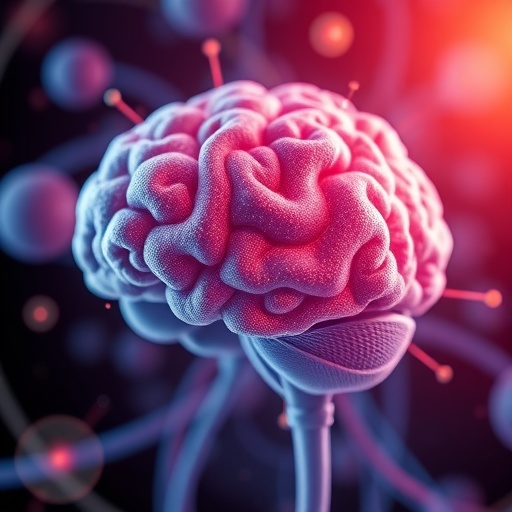The prevalence of attention deficit hyperactivity disorder (ADHD) diagnoses in children and young people has increased, but diagnostic practice among clinicians remains variable, with significant diagnostic delays and reliance on subjective assessments. A new clinical trial published in the Journal of Child Psychology and Psychiatry shows that adding a computerised test of attention and activity (QbTest) to standard care can reduce the time needed to make a diagnostic decision on ADHD, increase the likelihood of excluding ADHD when it is not present, and improve clinicians' confidence in their decision-making, without compromising diagnostic accuracy.
In the randomised, parallel, single-blind controlled trial in mental health and community paediatric clinics in England (the AQUA study), 267 participants aged 6-17 years-old and their clinician were randomised to either receive the QbTest report or not as part of their standard diagnostic assessment for ADHD. 132 out of the 267 participants and their clinicians received the QbTest report.
Clinicians with access to the QbTest report were more likely to reach a diagnostic decision about ADHD. At 6 months, 76% of those with a QbTest report had received a diagnostic decision, compared with 50% without. The QbTest reduced appointment length by 15%, increased clinicians' confidence in their diagnostic decisions, and doubled the likelihood of excluding ADHD. There was no difference in diagnostic accuracy.
The prevalence of attention deficit hyperactivity disorder (ADHD) diagnoses in children and young people has increased, but diagnostic practice among clinicians remains variable, with significant diagnostic delays and reliance on subjective assessments.
The AQUA study, published in the Journal of Child Psychology and Psychiatry, was funded by the NIHR Collaboration for Leadership in Applied Health Research and Care East Midlands and supported by NIHR Mental Health MedTech Co-operative.
"The assessment of ADHD remains largely subjective and children and young people in the UK, compared to other European countries, experience some of the longest delays for a diagnostic decision and initiation of appropriate treatment," said lead author Professor Chris Hollis, of the University of Nottingham, in the UK.
"The AQUA trial is ground-breaking because it is the first independent randomised-controlled study to demonstrate that an objective assessment technology (QbTest) can increase the speed and efficiency of diagnostic decision-making in ADHD. The clinicians who had access to a QbTest report were faster in reaching diagnostic decisions with no overall loss of diagnostic accuracy.
"Interestingly, clinicians with a QbTest report were more likely than those without a QbTest report on a young person to exclude a diagnosis of ADHD. The results suggest that QbTest is ready for implementation within the ADHD assessment pathway in the UK, and other countries with similarly long delays to diagnosis, where it is likely to lead to earlier diagnostic decisions and significant healthcare system efficiencies."
###
Additional Information
The information contained in this release is protected by copyright. Members of the media may sign up for embargoed news or to request a copy of any study please contact:
Josh Glickman (US) +1 201-748-6572
[email protected]
Follow us on Twitter @WileyNews
Full Citation
"The impact of a computerised test of attention and activity (QbTest) on diagnostic decision-making in children and young people with suspected attention deficit hyperactivity disorder: single-blind randomised controlled trial." Chris Hollis, Charlotte L. Hall, Boliang Guo, Marilyn James, Janet Boadu, Madeleine J. Groom, Nikki Brown, Catherine Kaylor-Hughes, Maria Moldavsky, Althea Z. Valentine, Gemma M. Walker, David Daley, Kapil Sayal and Richard Morriss. The Journal of Child Psychology and Psychiatry; Published Online: April 27, 2018. (DOI: 10.1111/jcpp.12921).
URL Upon Publication: http://doi.wiley.com/10.1111/jcpp.12921
About Wiley
Wiley, a global research and learning company, helps people and organizations develop the skills and knowledge they need to succeed. Our online scientific, technical, medical, and scholarly journals, combined with our digital learning, assessment and certification solutions help universities, learned societies, businesses, governments and individuals increase the academic and professional impact of their work. For more than 210 years, we have delivered consistent performance to our stakeholders. The company's website can be accessed at http://www.wiley.com.
Media Contact
Josh Glickman
[email protected]
201-748-6572
http://newsroom.wiley.com/
https://wiley.newshq.businesswire.com/press-release/computerized-test-may-help-improve-adhd-diagnoses
Related Journal Article
http://dx.doi.org/10.1111/jcpp.12921




